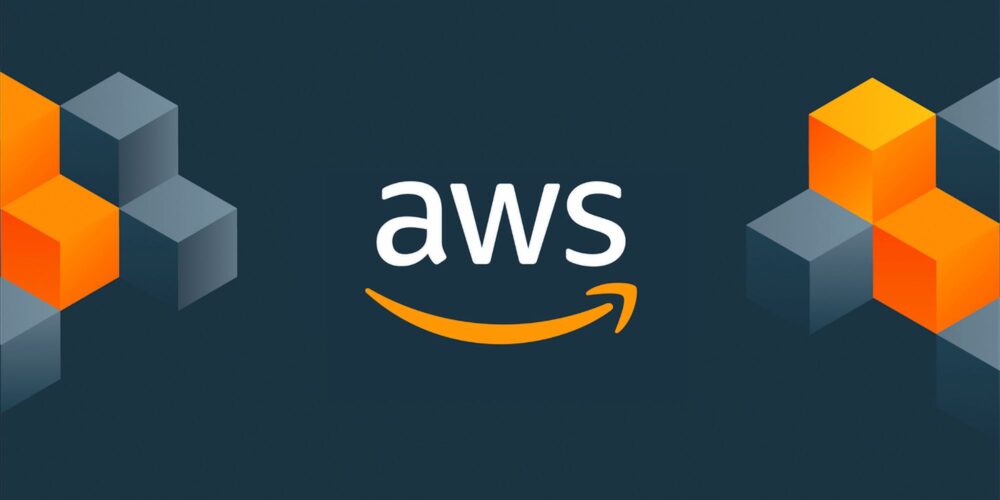☁ Getting Started with AWS Basics .
 Apurva Gargote
Apurva Gargote
🎉 Welcome to the World of AWS!
Amazon Web Services (AWS) is one of the most popular cloud computing platforms in the world.
It allows you to run applications, store data, and manage resources without needing physical hardware.
AWS is cost-effective, scalable, and secure, making it ideal for businesses, developers, and students.
🌍 What is Cloud Computing?
Cloud computing means storing and accessing data, applications, and services over the internet instead of on a local computer or server.
🔹 Why Use Cloud Computing?
✔ No need to buy expensive hardware 💰
✔ Pay only for what you use (pay-as-you-go) 💳
✔ Access your data and applications from anywhere 🌍
✔ High security and backup options 🔐
☁ What is AWS?
AWS (Amazon Web Services) is a cloud platform offering over 200 services such as computing power, storage, databases, networking, and security.
It is used by companies like Netflix, Airbnb, and Spotify to run their applications.
🔹 Key AWS Services You Should Know:
✅ EC2 (Elastic Compute Cloud): Virtual machines for running applications. 🖥️
✅ S3 (Simple Storage Service): Store and retrieve files securely. 📂
✅ RDS (Relational Database Service): Manage databases easily. 📊
✅ IAM (Identity and Access Management): Control who can access AWS services. 🔑
🏗 Getting Started with AWS – Hands-on Tasks
🛠 Task 1: Create an AWS Free Tier Account
📌 Follow these steps to sign up for AWS:
1️⃣ Visit AWS Free Tier and click Create an AWS Account.
2️⃣ Enter your email, name, and password to sign up.
3️⃣ Choose Basic Plan (Free Tier).
4️⃣ Enter your payment details (AWS charges nothing unless you exceed the free tier).
5️⃣ Verify your identity and choose a Support Plan (Free Plan is recommended).
6️⃣ Click Create Account and sign in to the AWS Management Console.
🎉 Congratulations! You now have access to AWS services.
🔐 Task 2: Understanding IAM (Identity and Access Management)
IAM (Identity and Access Management) helps you secure AWS accounts by controlling who can access what.
🔹 Key IAM Concepts:
✔ IAM User: An individual user with AWS access.
✔ IAM Group: A collection of users with similar permissions.
✔ IAM Role: Used for temporary permissions (e.g., giving EC2 access to S3).
✔ IAM Policy: Rules that define what actions a user or group can perform.
🛠 Create an IAM User (Best Practice Instead of Root User)
1️⃣ Go to IAM in the AWS Management Console.
2️⃣ Click Users > Add User.
3️⃣ Enter a username and select Programmatic and AWS Console Access.
4️⃣ Assign permissions (e.g., Administrator Access or EC2 Full Access).
5️⃣ Click Create User and download credentials for login.
✅ You’ve created an IAM User for secure AWS access! 🎉
🖥️ Task 3: Launch Your First EC2 Instance (Virtual Machine)
EC2 (Elastic Compute Cloud) is a virtual server that runs your applications.
🛠 Steps to Launch an EC2 Instance:
1️⃣ Go to EC2 in the AWS Console.
2️⃣ Click Launch Instance and choose Ubuntu as the operating system.
3️⃣ Select t2.micro (Free Tier eligible).
4️⃣ Create a key pair to access the instance securely.
5️⃣ Click Launch and wait for the instance to start.
6️⃣ Connect via SSH using the key pair.
✅ You’ve successfully launched an EC2 instance! 🎉
🔥 What’s Next?
✅ Dive into S3 (Simple Storage Service) for cloud storage.
✅ Set up RDS (Relational Database Service) to manage databases.
✅ Automate tasks using AWS CLI and Terraform.
✅ Explore AWS Lambda and serverless computing.
Happy Learning! 🎯
Subscribe to my newsletter
Read articles from Apurva Gargote directly inside your inbox. Subscribe to the newsletter, and don't miss out.
Written by

Apurva Gargote
Apurva Gargote
👨💻 Last-year student diving deep into DevOps, Cloud Engineering, and Infrastructure Automation. Passionate about building scalable, efficient, and secure systems. Let’s connect and build something amazing! 🚀